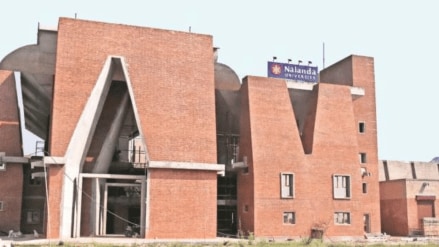Prime Minister Narendra Modi will inaugurate the new campus of Nalanda University in Rajgir, Bihar, on June 19, 2024.
This university, close to the ancient ruins of Nalanda, was established by the Indian Parliament through the Nalanda University Act, 2010. The Act stemmed from decisions made during the 2nd and 4th East Asia Summits in 2007 and 2009. These decisions aimed to create an international institution for intellectual, philosophical, historical, and spiritual studies.
Although the decision to establish Nalanda University was made in 2010, it gained significant momentum in 2014 under Prime Minister Modi’s leadership. The university has since been developed into a global center of learning, reflecting the status of the ancient Nalanda University.
Nalanda University has a true international character, with participation from 17 countries, including Australia, China, Singapore, and Thailand, through Memorandums of Understanding (MoUs) with India. The university also offers 137 scholarships to international students, funded by various sources like the ASEAN-India Fund and BIMSTEC scholarships.
The university offers postgraduate and doctoral research courses, along with short-term certificate courses. It has a student capacity of 2,450 and a faculty capacity of 307. There are six schools, including the School of Buddhist Studies, Philosophy & Comparative Religions, and the School of Ecology and Environmental Studies. Additionally, there are four centers, such as the Center for Bay of Bengal Studies and the Center for Conflict Resolution and Peace Studies.
Nalanda University began functioning in 2014 with the intake of students at a temporary facility. The new campus now features two academic blocks with 40 classrooms, administrative blocks, auditoriums, student hostels, and residential housing for academic staff. It also includes a guest house, an international center, central dining facilities, an amphitheater, and essential amenities like a sports complex, medical center, commercial center, and faculty club.
The university is designed as a ‘Net Zero’ Green Campus, featuring a 6.5 MW DC on-grid solar plant, water treatment and recycling plants, and 100 acres of water bodies. A biogas-based waste-to-energy plant is nearing completion. A library capable of holding 300,000 books and serving 3,000 users is expected to be completed by September 2024.
The new campus of Nalanda University stands as a symbol of international cooperation and a center for advanced learning, carrying forward the legacy of its ancient predecessor.
